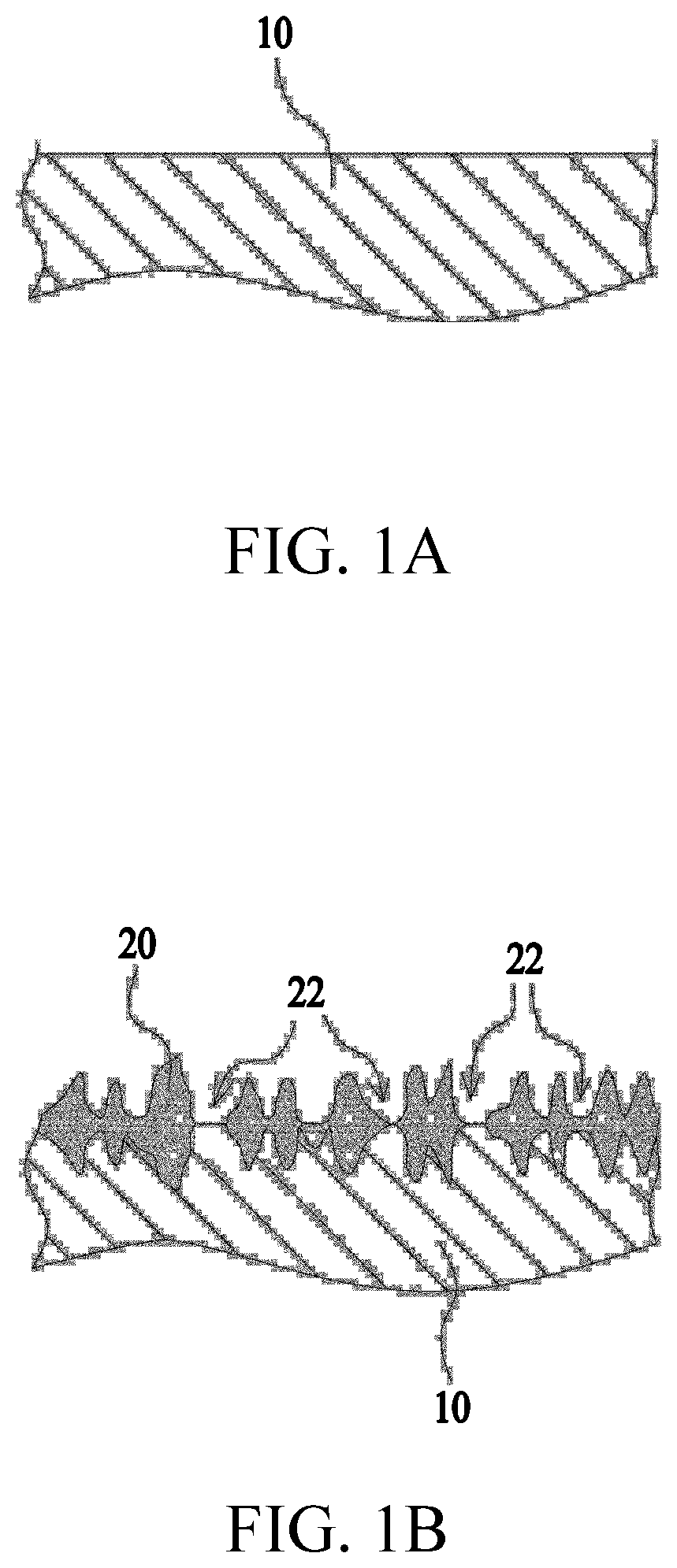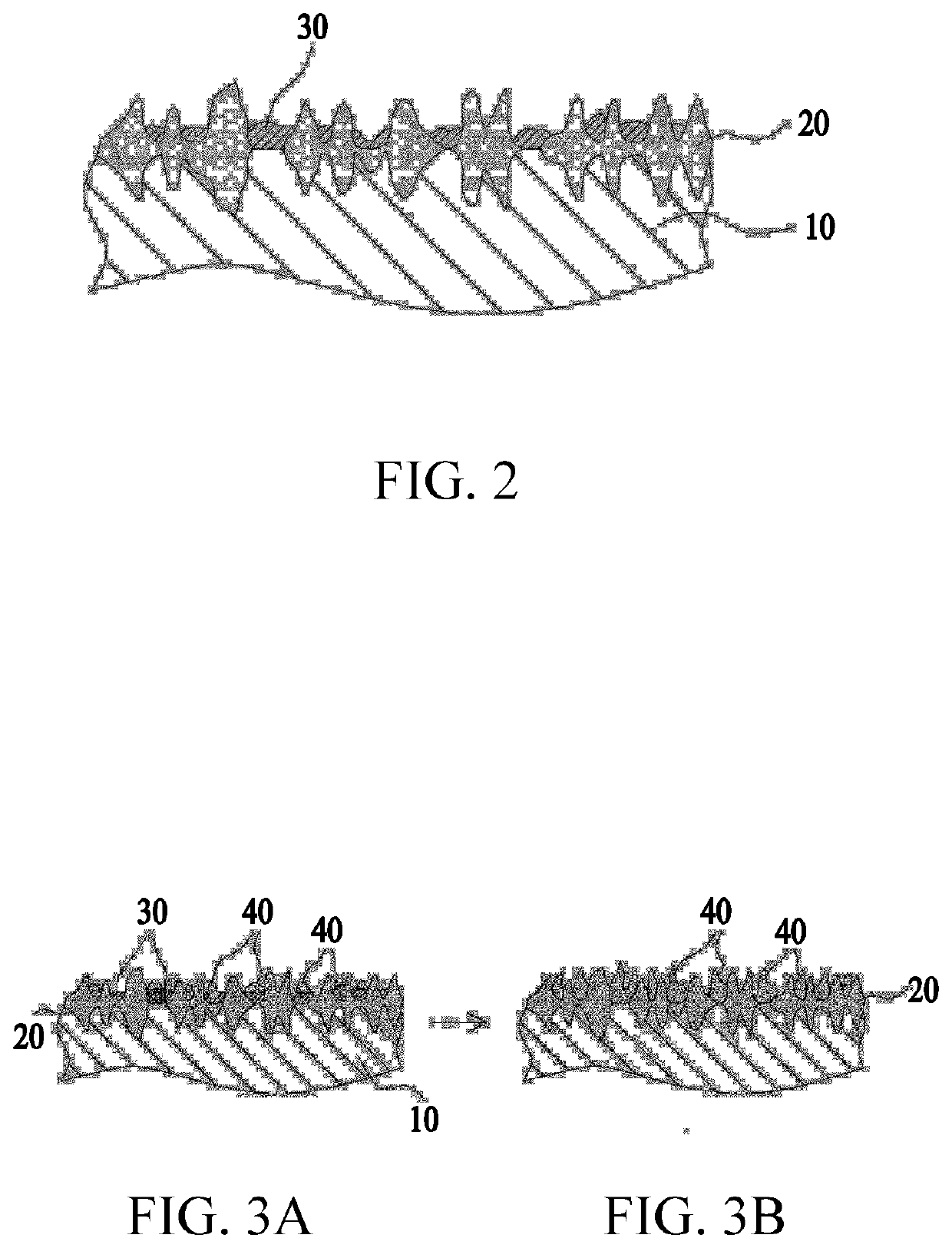Insulation layer formation method, member with insulation layer, resistance measurement method and junction rectifier
a technology of insulation layer and member, applied in the direction of superimposed coating process, liquid/solution decomposition chemical coating, instruments, etc., can solve the problems of insulation layer of the related art with several problems, peeling or cracking of the insulation layer with respect to the conductor layer, and risk of defects
- Summary
- Abstract
- Description
- Claims
- Application Information
AI Technical Summary
Benefits of technology
Problems solved by technology
Method used
Image
Examples
examples
[0101]Hereinafter, the present disclosure will be described in more detail with reference to Examples. However, each of the Examples is not intended to limit the present disclosure.
[0102]In the Examples and the Comparative Examples, a processing order of the first step to the third step, measurement of the insulating property, measurement of a withstanding voltage, and evaluation of a rust preventive property are performed as follows.
[0103][Base Material]
[0104]A SPCC plate with a thickness of 0.475 mm, a width of 30 mm, and a length of 100 mm was used as a base material for forming an insulation layer.
[0105][First Step]
[0106]On the SPCC plate, as a phosphating layer, any one layer of a manganese phosphate layer, a zinc manganese phosphate layer, and a zinc phosphate layer was formed. Here, when the manganese phosphate layer was formed, the SPCC plate was dipped in a manganese phosphate treatment solution for 11 minutes at 95° C. As the manganese phosphate treatment solution, a solut...
PUM
| Property | Measurement | Unit |
|---|---|---|
| Area | aaaaa | aaaaa |
| Thickness | aaaaa | aaaaa |
| Electrical resistance | aaaaa | aaaaa |
Abstract
Description
Claims
Application Information
 Login to View More
Login to View More - R&D
- Intellectual Property
- Life Sciences
- Materials
- Tech Scout
- Unparalleled Data Quality
- Higher Quality Content
- 60% Fewer Hallucinations
Browse by: Latest US Patents, China's latest patents, Technical Efficacy Thesaurus, Application Domain, Technology Topic, Popular Technical Reports.
© 2025 PatSnap. All rights reserved.Legal|Privacy policy|Modern Slavery Act Transparency Statement|Sitemap|About US| Contact US: help@patsnap.com



